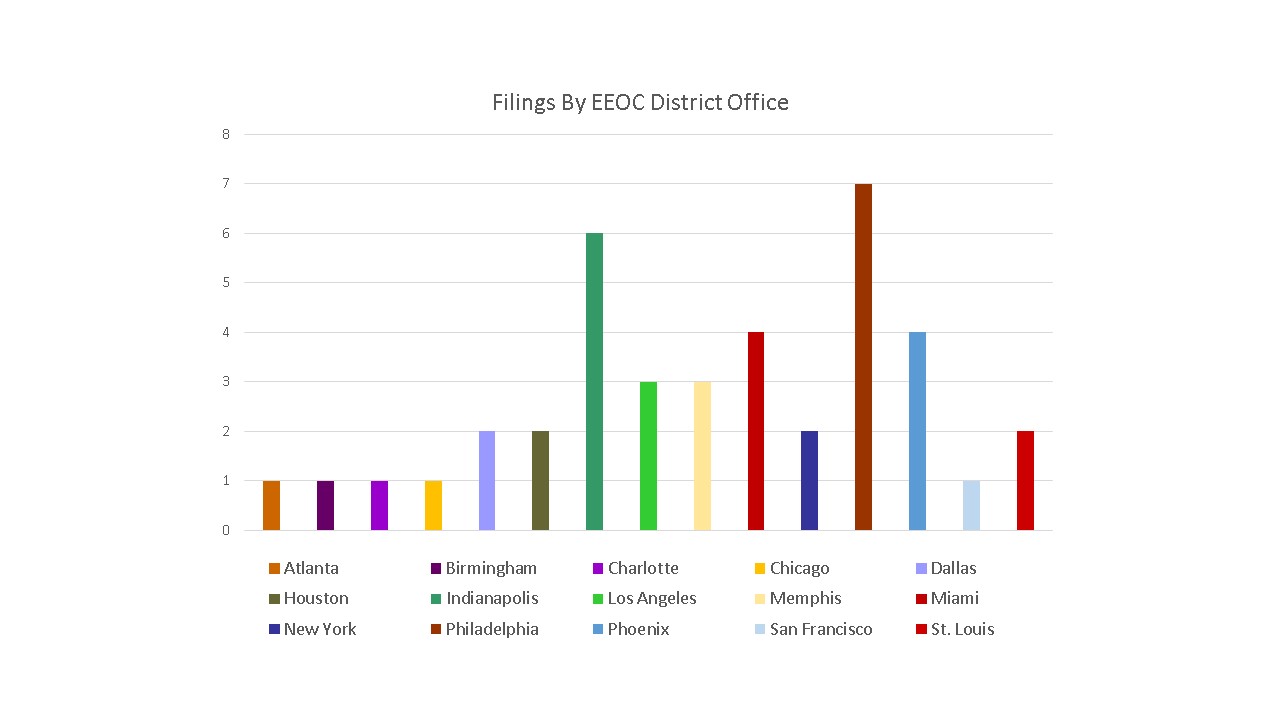 By: Gerald L. Maatman, Jr., Jennifer A. Riley, and Alex W. Karasik
By: Gerald L. Maatman, Jr., Jennifer A. Riley, and Alex W. Karasik
Duane Morris Takeaways: In Lincoln v. Apex Human Services LLC, Case No. 22-CV-341, 2022 U.S. Dist. LEXIS 175714 (E.D. Pa. Sept. 28, 2022), Judge Harvey Bartle III of the U.S. District Court for the Eastern District of Pennsylvania denied Plaintiff’s motion for conditional certification a proposed collective action of over 100 registered nurses who alleged they were misclassified as independent contractors and owed unpaid overtime. Since conditional certification is typically granted at a rate of nearly 80% in wage & hour collective actions, the employer-friendly ruling in Lincoln is well-worth a read by corporate counsel. The decision can be used by businesses to defend against FLSA misclassification claims where the named plaintiff fails to establish that they are similarly-situated to other proposed collective members.
Case Background
Plaintiff sued Defendants under the Fair Labor Standards Act (“FLSA”), 29 U.S.C. § 201 et seq., the Pennsylvania Minimum Wage Act, 43 P.S. § 333.104 et seq., and the Pennsylvania Wage Payment and Collection Law, 43 P.S. §260.1, et seq. She alleged that Defendants misclassified registered nurses (“RNs”), licensed practical nurses (“LPNs”), and other providers as independent contractors, thereby denying them required overtime pay and other employee benefits. Id. at *1. Plaintiff moved for conditional certification and judicial notice under Section 216(b) of the FLSA.
The Court’s Decision
The Court denied Plaintiff’s motion for conditional certification.
The Court explained that Third Circuit case law has developed a two-tiered test to determine whether employees are similarly-situated for purposes of allowing an FLSA representative action to proceed. Id. at *2 (citations omitted). Relevant here, the court first conducts a preliminary inquiry into whether employees are similarly-situated. Id. at *2-4.
Plaintiff argued that conditional certification was appropriate for three reasons, including: (1) all current workers were subject to Defendants’ uniform policy of failing to pay overtime; (2) all former workers were subject to Defendants’ uniform policy of failing to pay overtime; and (3) Plaintiff met the lenient standard of showing that workers were similarly, if not identically, situated. Id. at *4-5. To support her arguments, Plaintiff offered three types of evidence, such as her signed independent contractor agreement; texts messages between the plaintiff and one individual Defendant; and one pay stub from 2019 and four pay stubs from 2020 showing that taxes were not withheld from her pay. She claimed that this evidence was sufficient to meet the standard for conditional certification, which only requires a plaintiff to show “modest evidence, beyond pure speculation,” that the class members are similarly-situated. Id. at *5 (citation omitted).
The Court rejected Plaintiff’s position. It held that Plaintiff failed to present any evidence showing that she was similarly-situated to other proposed collective action members. Citing three other cases from the Eastern District of Pennsylvania, the Court noted that the plaintiffs in those cases presented some evidence, typically through affidavits or declarations, of how their individual situation was like that of other proposed collective members. Id. at *6. Here, Plaintiff merely alleged that there are over 100 Apex workers who were misclassified as independent contractors and denied overtime pay. The Court opined that the evidence Plaintiff provided was specific only to her situation, such as her own contract, text messages and pay stubs. As a result, the Court determined that Plaintiff failed to provide even minimal evidence that she and the proposed collective members were similarly-situated. Id. at *6.
For these reasons, the Court denied Plaintiff’s motion for conditional certification.
Key Takeaways For Employers
In FLSA misclassification cases, it is not uncommon for plaintiffs to seek the Court‘s approval to pursue these matters as collective actions. In situations where a named plaintiff fails to provide limited (or any) evidence regarding how they are similarly-situated to other proposed collective members, employers can use the decision in Lincoln to defend against motions for conditional certification. This strategy can result in a court prohibiting the named plaintiff from disseminating notice, or in other words, reduce a case from having potentially hundreds of plaintiffs down to a single plaintiff.







